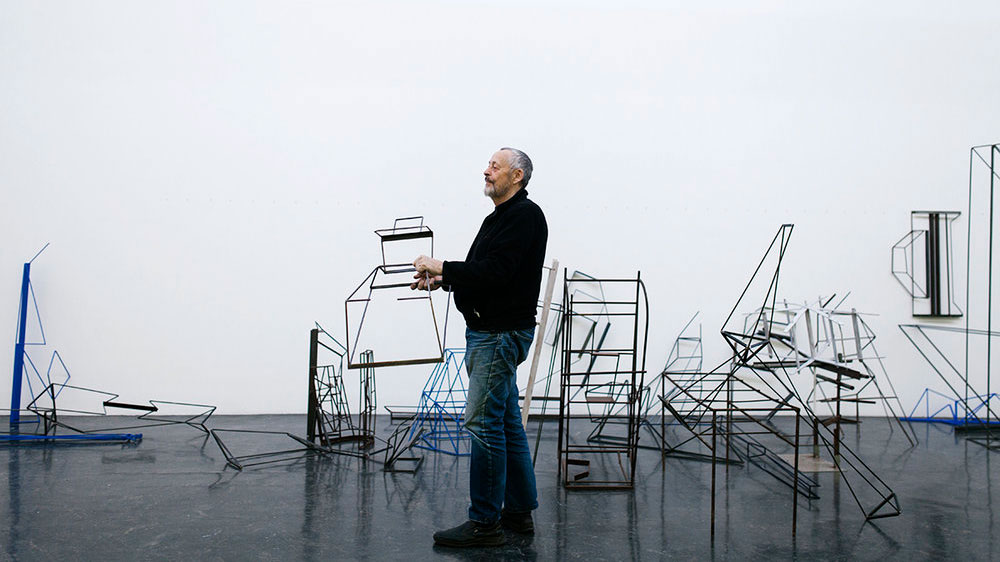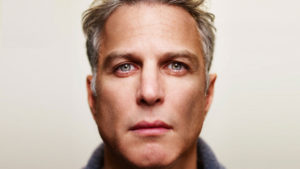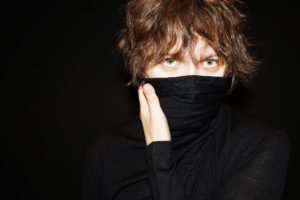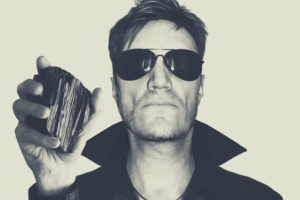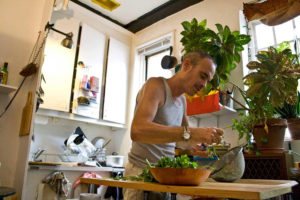Norwegian Minimalism Kjell Varvin creates his installations from everyday materials like wood and metal. His work is arranged in a seemingly endless array of compositions that often disappear before they can be documented via photo. Build and rebuild. Rinse and repeat.
What percentage of your skills were you born with, as opposed to being taught by others or self-taught? How did you cut your teeth?
I was stimulated to use my eyes and hands. Skill is a tricky subject because it won’t work if you show off. If you are interested and work hard, your ability will develop and maybe reach a point where you should forget about it. I like the idea of hidden skills. Like a Zen tea house looking like an abandoned shack. There is much skill in repairing a motor with a toothpick and a safety pin. “Function” is a keyword.
Favor us with a moment in life that changed the course of, or defined your aesthetic philosophy.
At art school, the teacher showed me Klee and Kandinsky (1958). I hitchhiked to Madrid and saw Velázquez in the Prado (1959). The black room of Sol LeWitt at the Venezia Biennale (1976).
Discuss an artist or an era that has influenced you. When and how did you come upon what moved you?
Bauhaus artists, Russian Suprematism, De Stijl discovered as a student. Still, I wanted classical training, so I worked all through it for many years. At the age of twenty- nine, abstraction took over. All use of symbolism and references to real things disappeared. I don’t want to nourish associations; the mind should be empty when you observe.
“At first, I believed art came from a life of suffering and strong emotions with an uncontrollable temperament. So I tried that out for some time”
Kjell Varvi
Speak about the hierarchy of skill (craftsmanship), style (your unique aesthetic), and emotive content in your work—and/or in the work of those you admire.
At first, I believed art came from a life of suffering and strong emotions with an uncontrollable temperament. So I tried that out for some time, suffering in Paris. But then I got hold of Van Gogh’s letters to Theo, where he said: l’art doit être sain. So I changed my strategy at once, not burning my candle from both ends. The emotive content in my work, I hope, is dominated by joy. I don’t believe in the concept of style as a personal formula that you protect with copyright and oblige yourself to follow. My “style” is abstract with a tendency toward constructivism, minimalism, conceptualism, mostly linear, limited use of colors, but I never think of it. I do not refuse myself to work in other “styles” if I feel the urge. That comes under Freedom of Expression. There should be no hierarchy in my art.
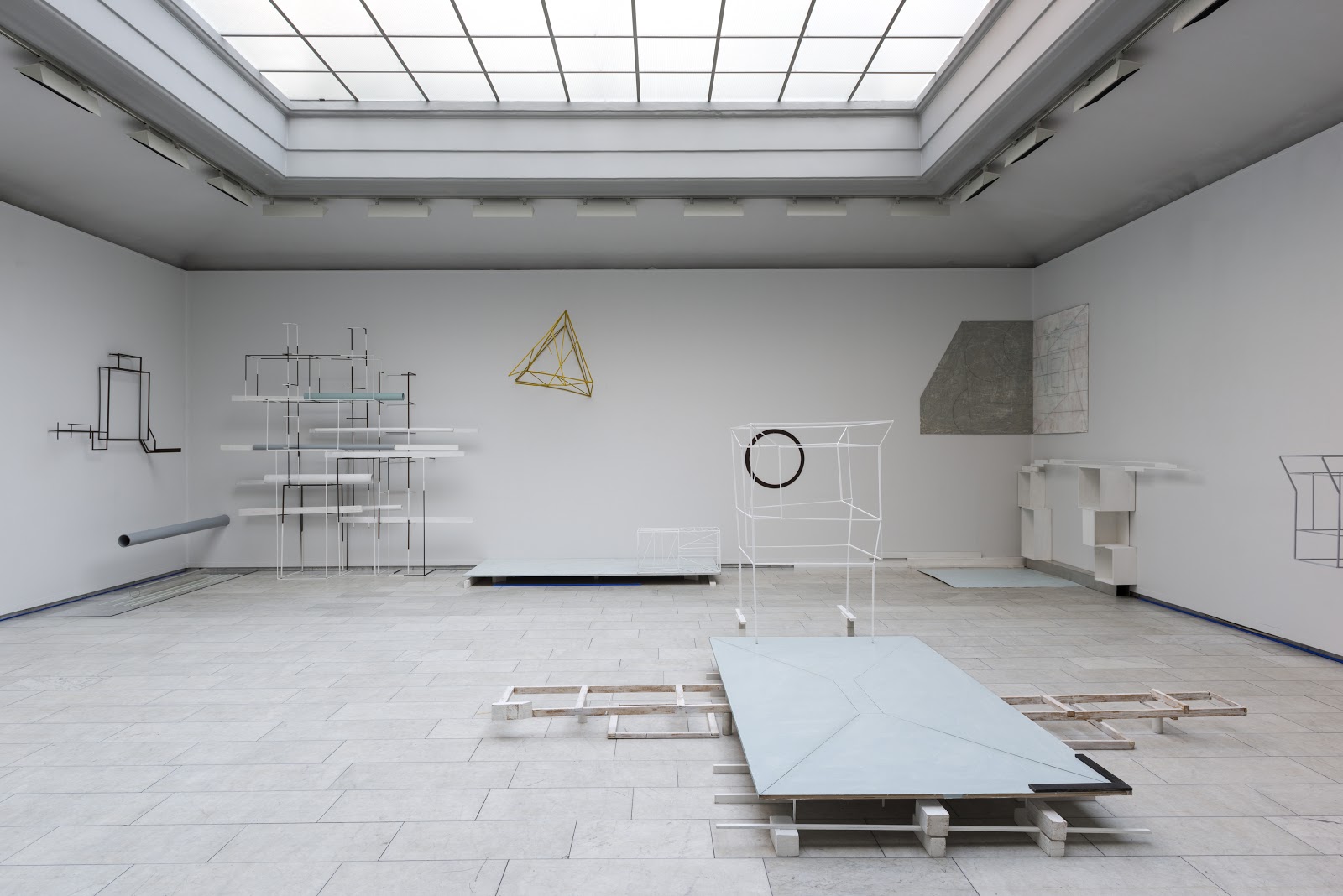
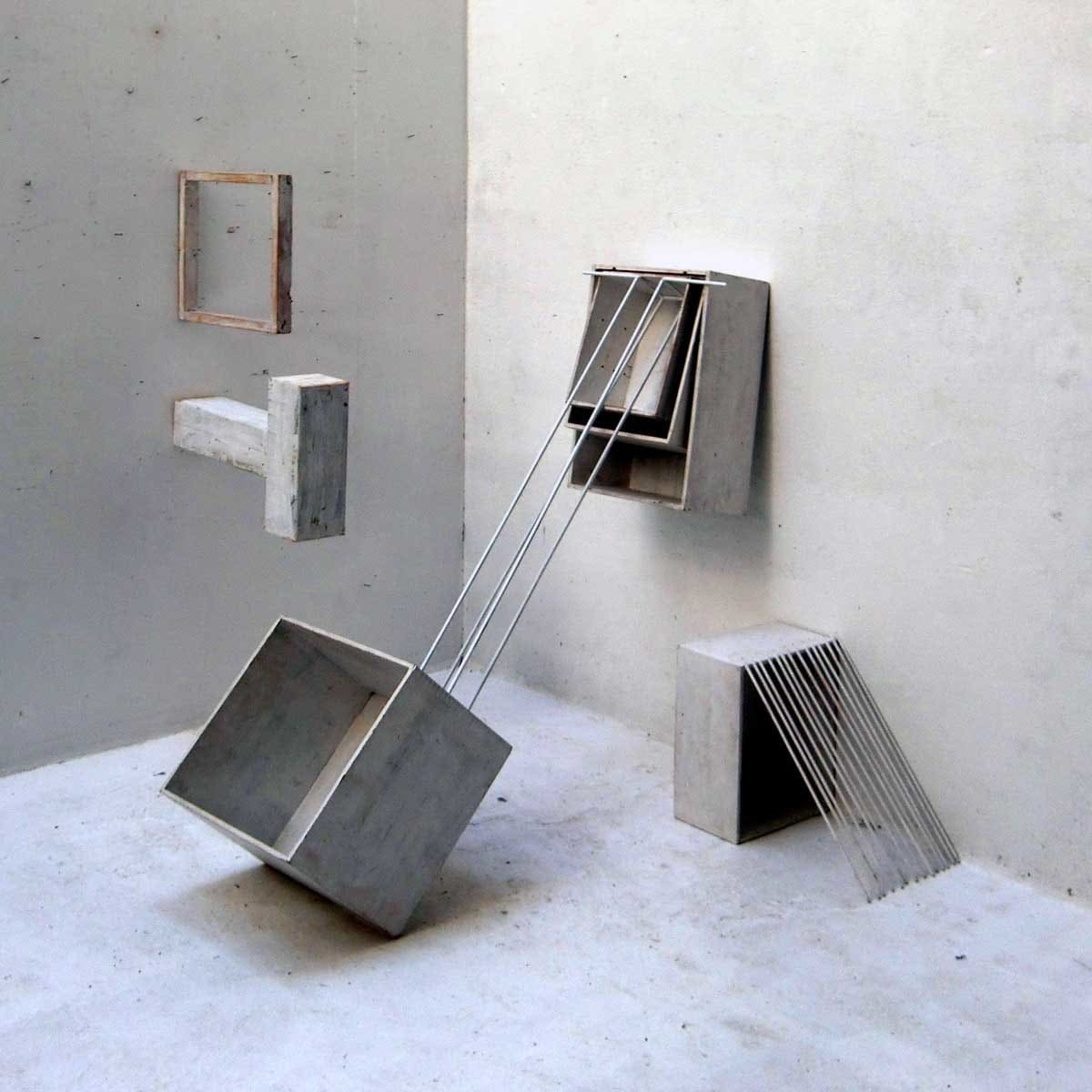

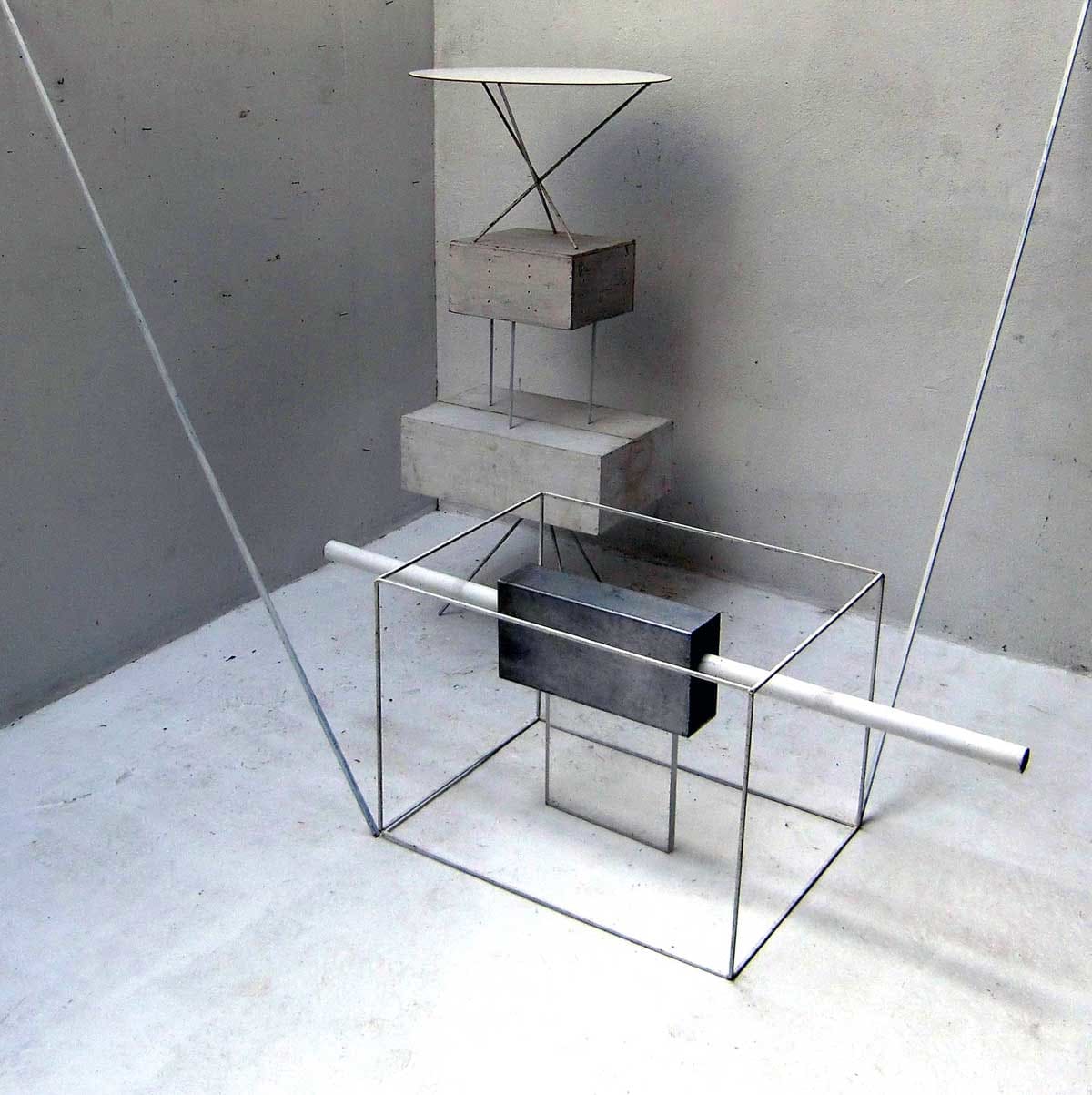
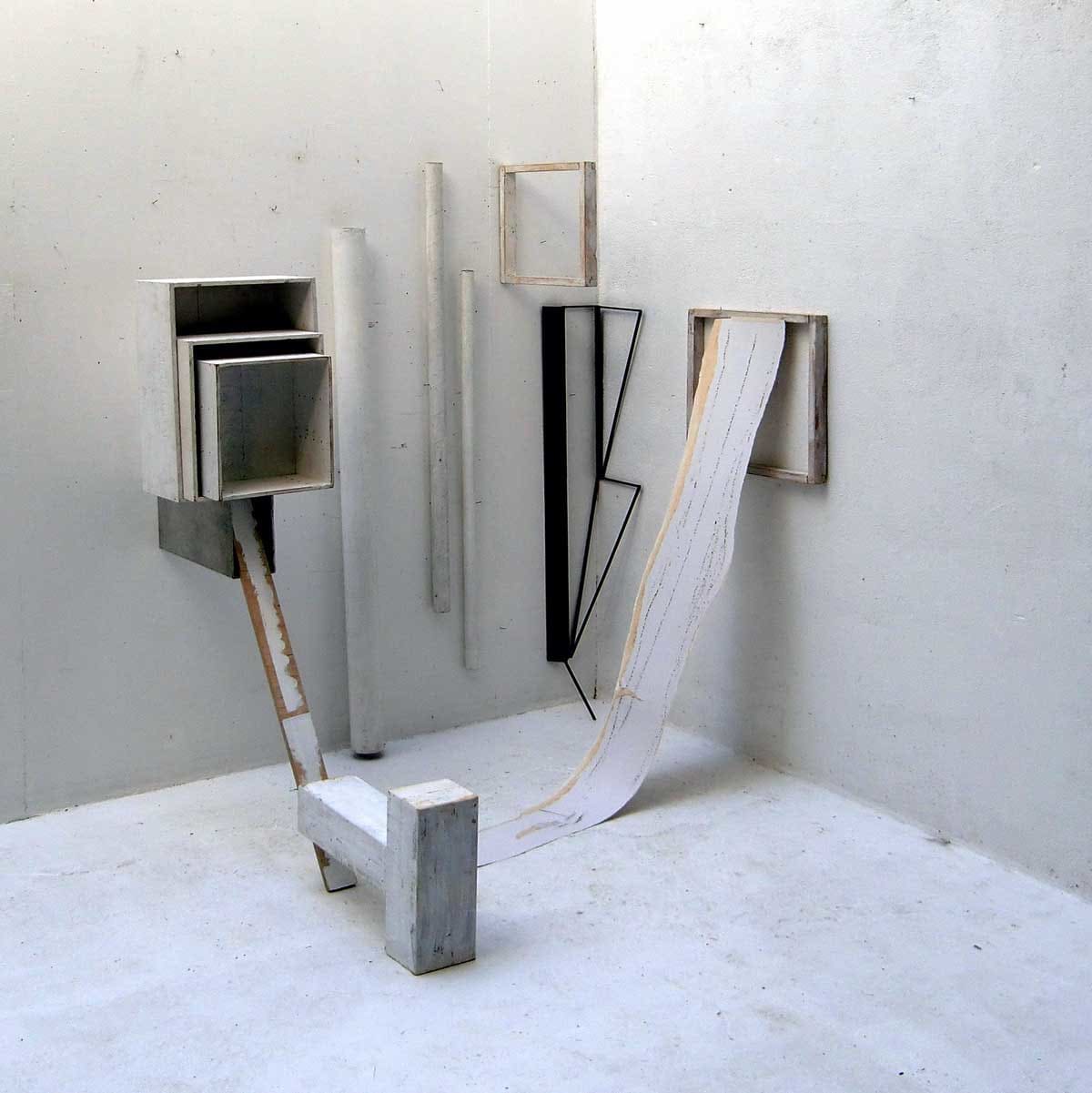

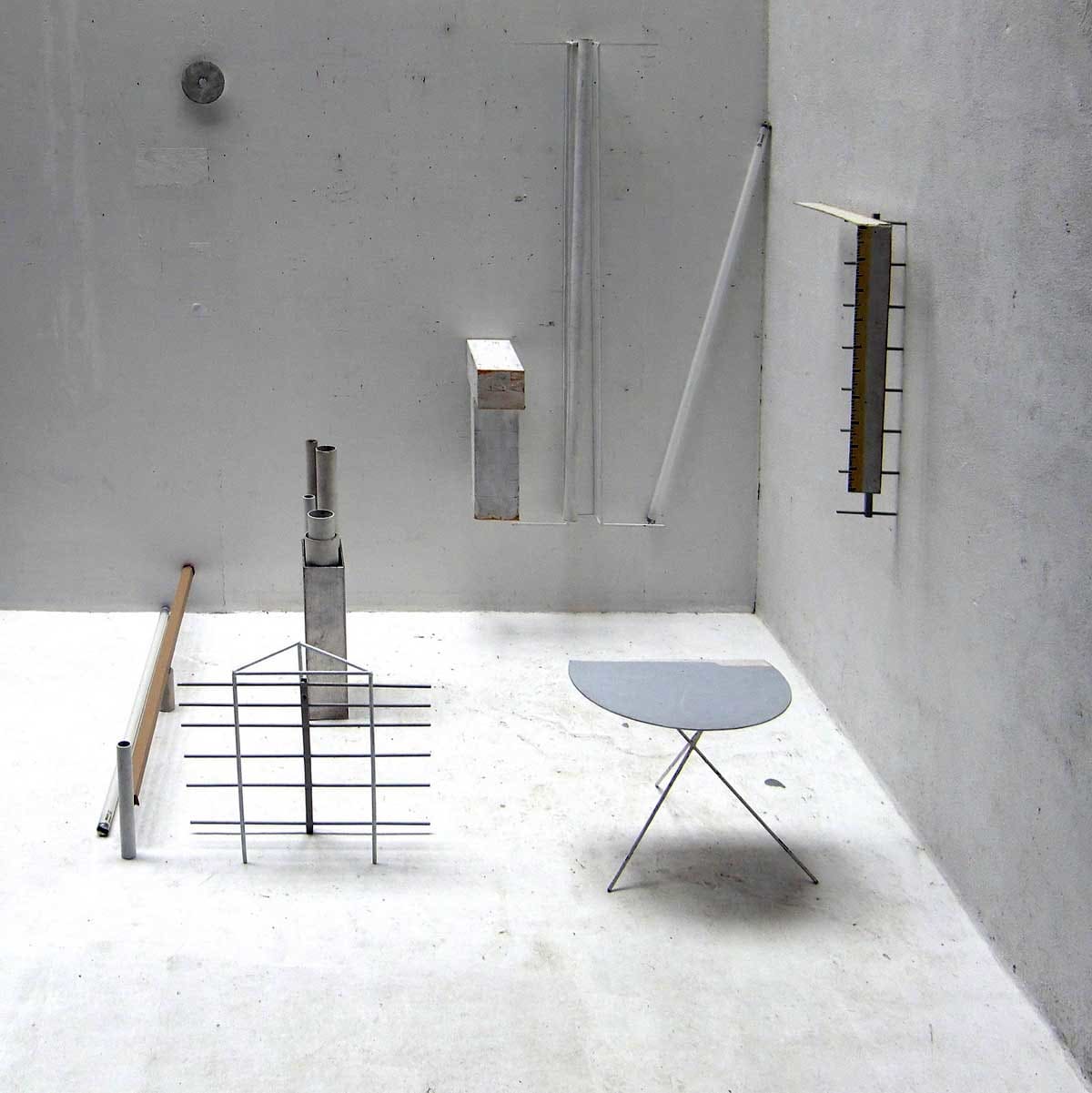
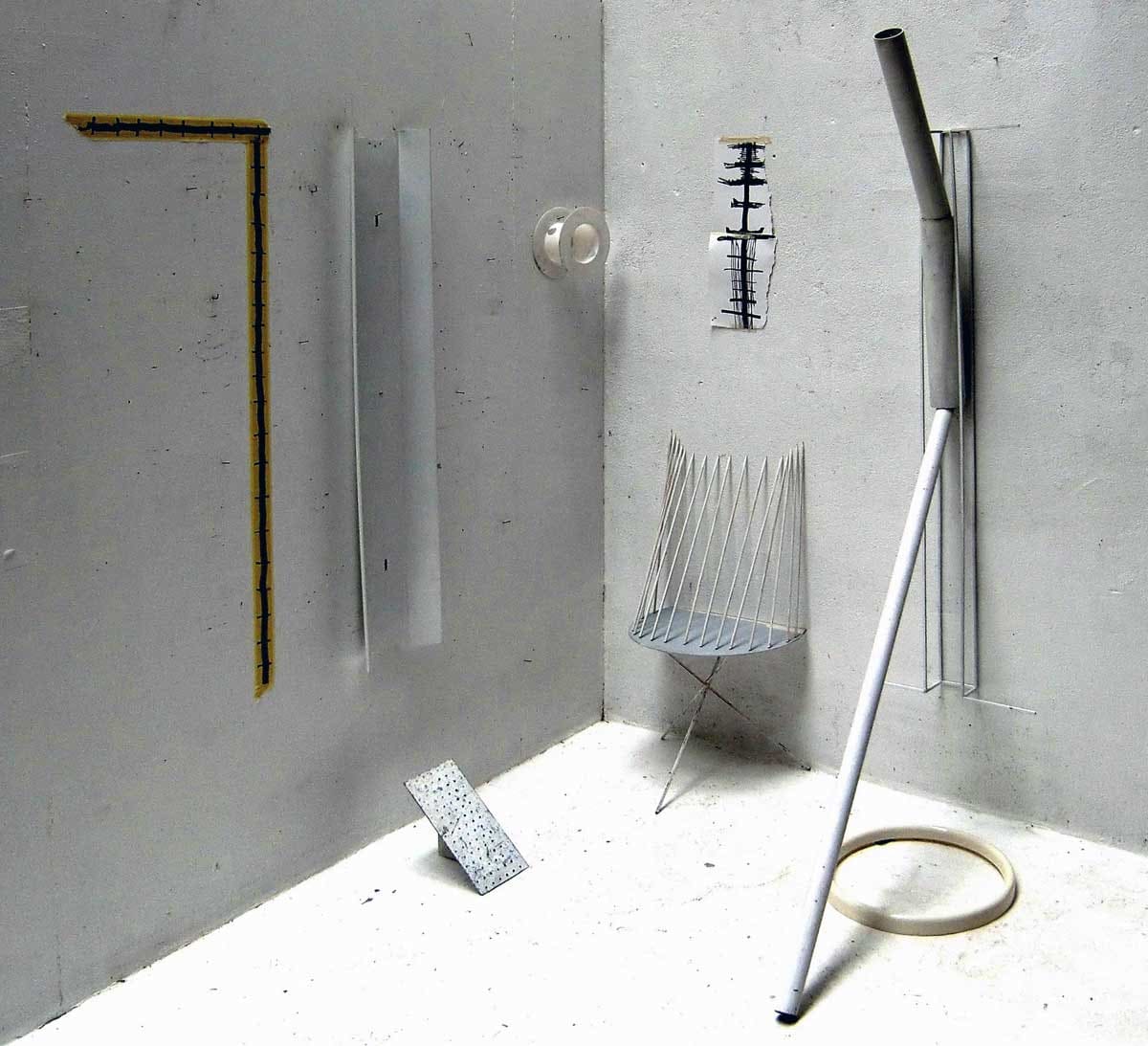
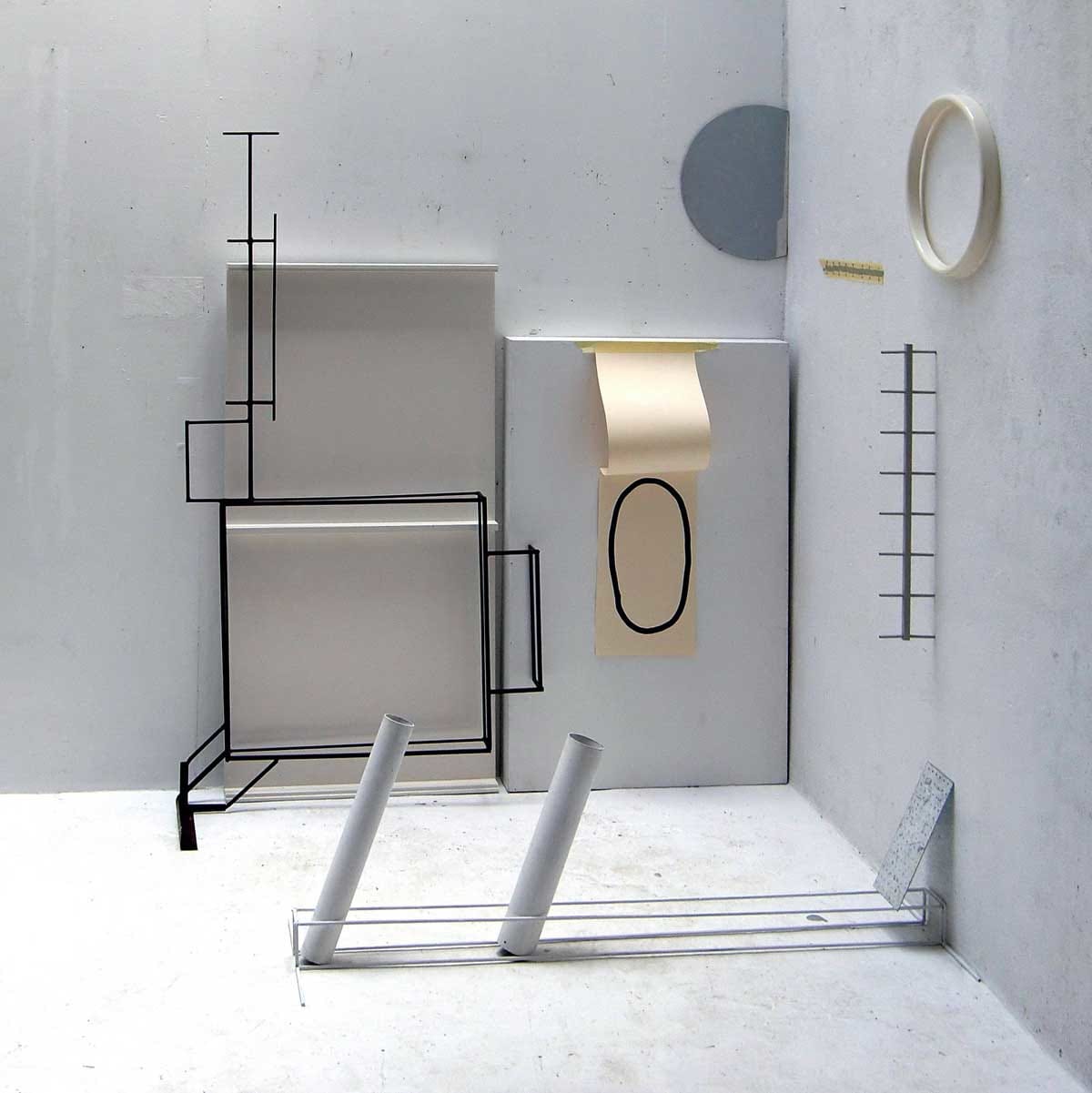
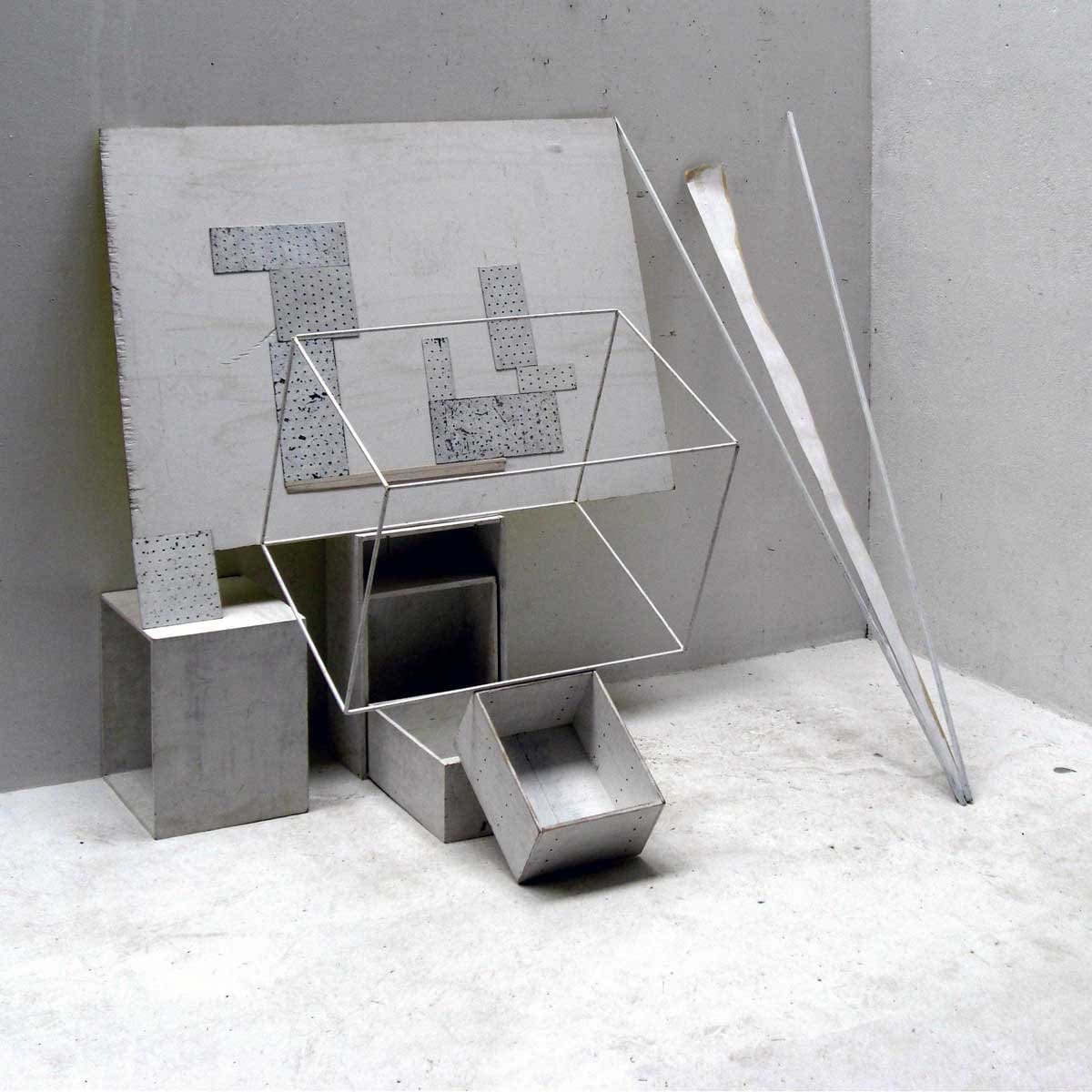
Can you talk about your typical creative arc? Take me from alpha to omega with a project. What, if any specific environments, conditions, materials, etc. are required?
I have just finished an installation in a room in a gallery. I found two nails in the wall after the last exhibition, where I could hang a large frame. From there, I improvised for about six hours without much hard thinking or planning, and then it was ready. My welding for short use is not very solid. A leg broke off the structure that looked more interesting without it. The leg came to use in another part of the installation. Accidents are often favorable. My installations are flexible; they develop according to circumstances.
If you were to describe your style as a scent, a signature fragrance as it were, what would it be called? If it were to have a tagline, what would it be?
Welded iron rust in the garden, I love the color and the smell.
How would you describe your work to a blind person?
The blind person could touch it and smell the iron of my sculpture.
If you were starting now, would you do anything differently?
Absolutely! So much has changed since I was a kid. The flow of information, the easy traveling, modern art museums all over. But hard to tell if my work would have given me more energy or if I would have worked more.
What’s the secret to your success? We will accept any secret if you have not yet found the former.
Success or not, I love to work, and it gives me energy and joy. Joy is the keyword. Take risks. Make art as if you were a millionaire.
What was your favorite toy as a child, and when/why did you stop playing with it?
A pencil. I never stopped.
Have you ever had a brush with the paranormal or supernatural?
I enjoyed very much reading Castañeda.
Do you think any commonly held societal beliefs are false? For example, global warming is real, drugs are bad for you; getting an education is essential, etc.
Religion, faiths, and beliefs are overestimated. (Your examples are all true.)
How will you feel six months after your heart stops beating?
Indifference.
Does character invent “style,” or does your style invent character? Or is there a mysterious X factor only you are privy to?
You don’t invent style; it comes to you, or not. It is not important; Rauschenberg said so. Character is to follow your preferences all the way. It is not invented; it is accumulated.
